In the waste management and recycling industry, safety is a central issue. Material collection, treatment, and processing operations often generate hazardous gases that are potentially explosive, toxic, or harmful to the environment. Installing reliable gas detection systems is critical to prevent accidents, protect personnel, and ensure operational continuity of facilities.

Waste recycling and gas detection: where are the main risks
Gases can accumulate at several critical points in plants: in waste transport tunnels, enclosed storage areas, silos, treatment tanks, biogas plants, and sorting plants. The risk increases in poorly ventilated environments or in case of plant malfunctions. Sorting platforms can also harbor pitfalls, especially when waste containing incorrectly declared hazardous substances is delivered. In these settings, personnel may be exposed to high concentrations of hazardous gases without visible signs, making continuous monitoring the only effective prevention tool.
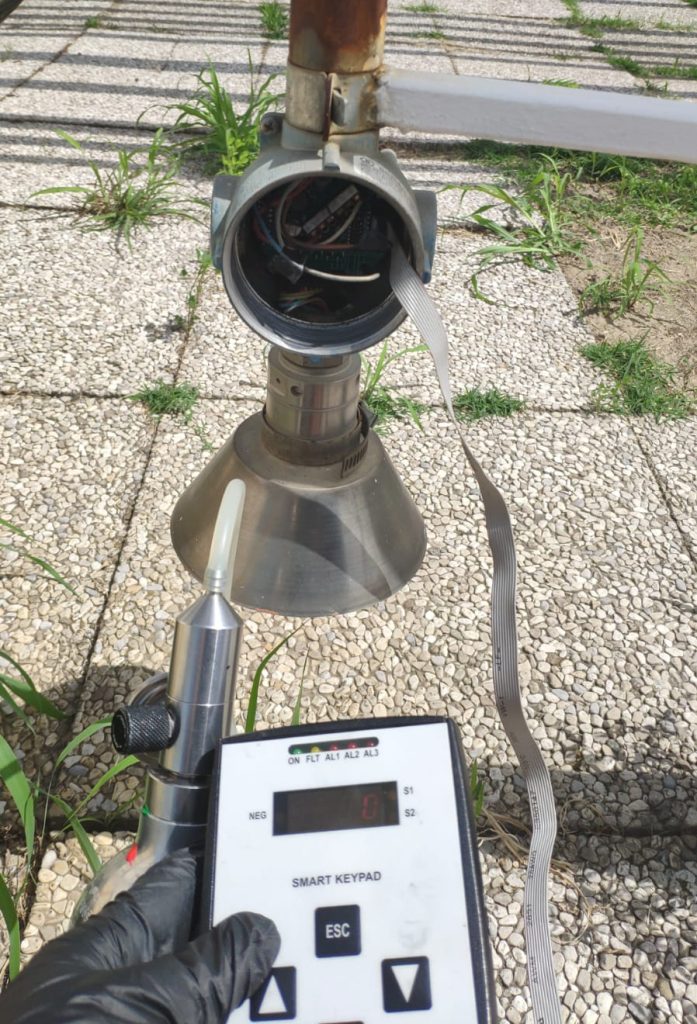
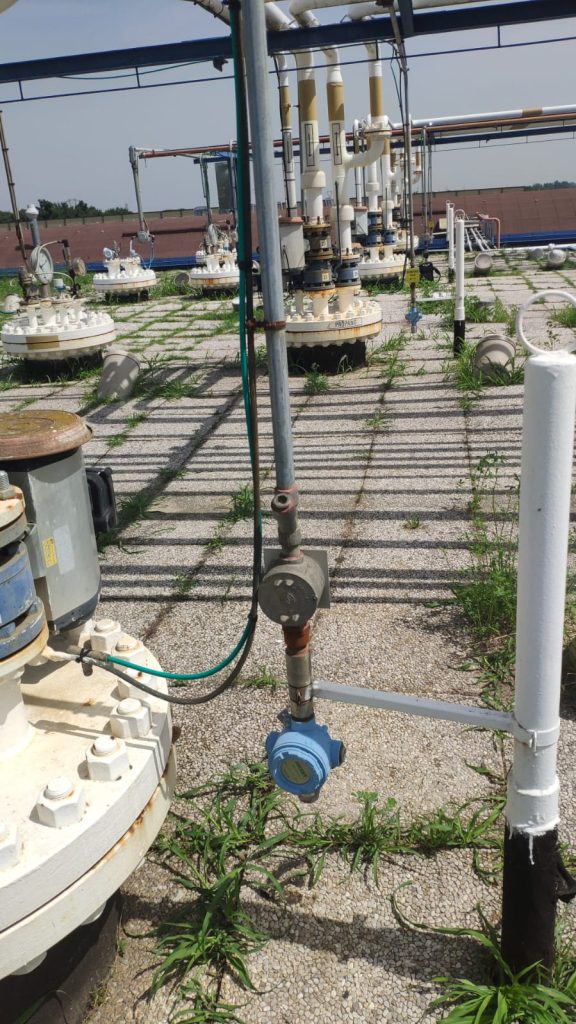
Waste recycling: what are the main gases
During waste processing stages, both municipal and industrial, different types of gases are developed depending on the materials treated and the processes used. Methane is one of the main ones, produced by the anaerobic degradation of the organic fraction and found in landfills and digestion plants. Hydrogen sulfide is another widespread gas, released in the putrefaction of organic materials and sludge, known for its toxicity and pungent odor.
Ammonia can be formed in composting processes and in the management of nitrogen-containing wastes, while volatile organic compounds (VOCs) arise from residual solvents, plastics, chemical wastes and contaminated materials. In facilities that process electronic waste or batteries, there may be a risk of leakage of gases such as chlorine, hydrofluoric acid or carbon monoxide. In all these cases, the absence of adequate monitoring can pose serious risks to worker health, the plant and the environment.
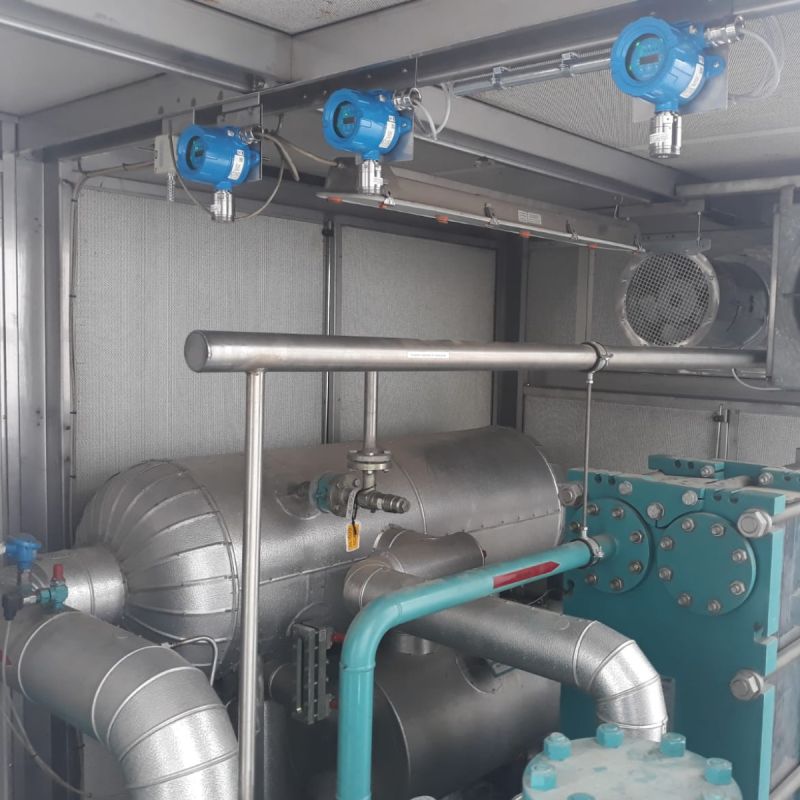
Waste recycling: what are the right solutions?
Gas detection solutions for the waste sector must be modular, scalable and suitable for operating in harsh industrial environments. Fixed detectors should be installed at critical points in the plant and integrated with a central supervisory system. It is important that the devices be approved for ATEX areas, if there is a risk of explosion, and be equipped with immediate acoustic-visual warnings.
Waste recycling: why gas detection is critical
The presence of harmful or flammable gases in a waste treatment plant can endanger the health of operators, cause fires, explosions or environmental contamination. A gas detection system makes it possible to immediately detect any anomaly, activate safety procedures, and intervene before the situation escalates. In an industry where any disruption can result in serious economic, legal and environmental damage, gas monitoring is a practical and indispensable protective measure. It is not just about regulatory compliance, but a responsible choice that protects people, the environment and plant efficiency.
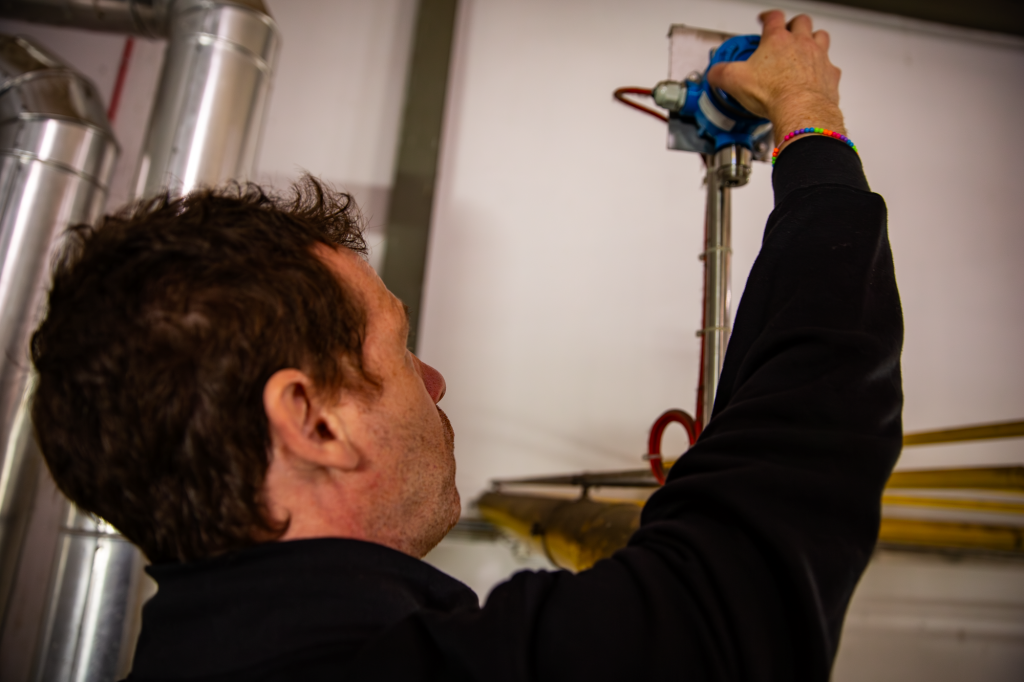
Why rely on Sensitron for gas detection during the waste recycling process
Having a gas detection system in the waste and recycling sector is not just a protective measure: it is a choice that increases plant reliability, improves the quality of work and contributes to environmental sustainability. In an evolving industry that is called upon to reduce ecological impact and improve operational performance, gas monitoring is an extra guarantee for working safely and responsibly.
Discover our produtcs
Sensitron gas detectors are suitable for use in any application:

SMART 3G D2
Suitable for detecting flammable substances, toxic gases, refrigerants and oxygen in classified areas.ATEX, IECEx and SIL2/3 certified.
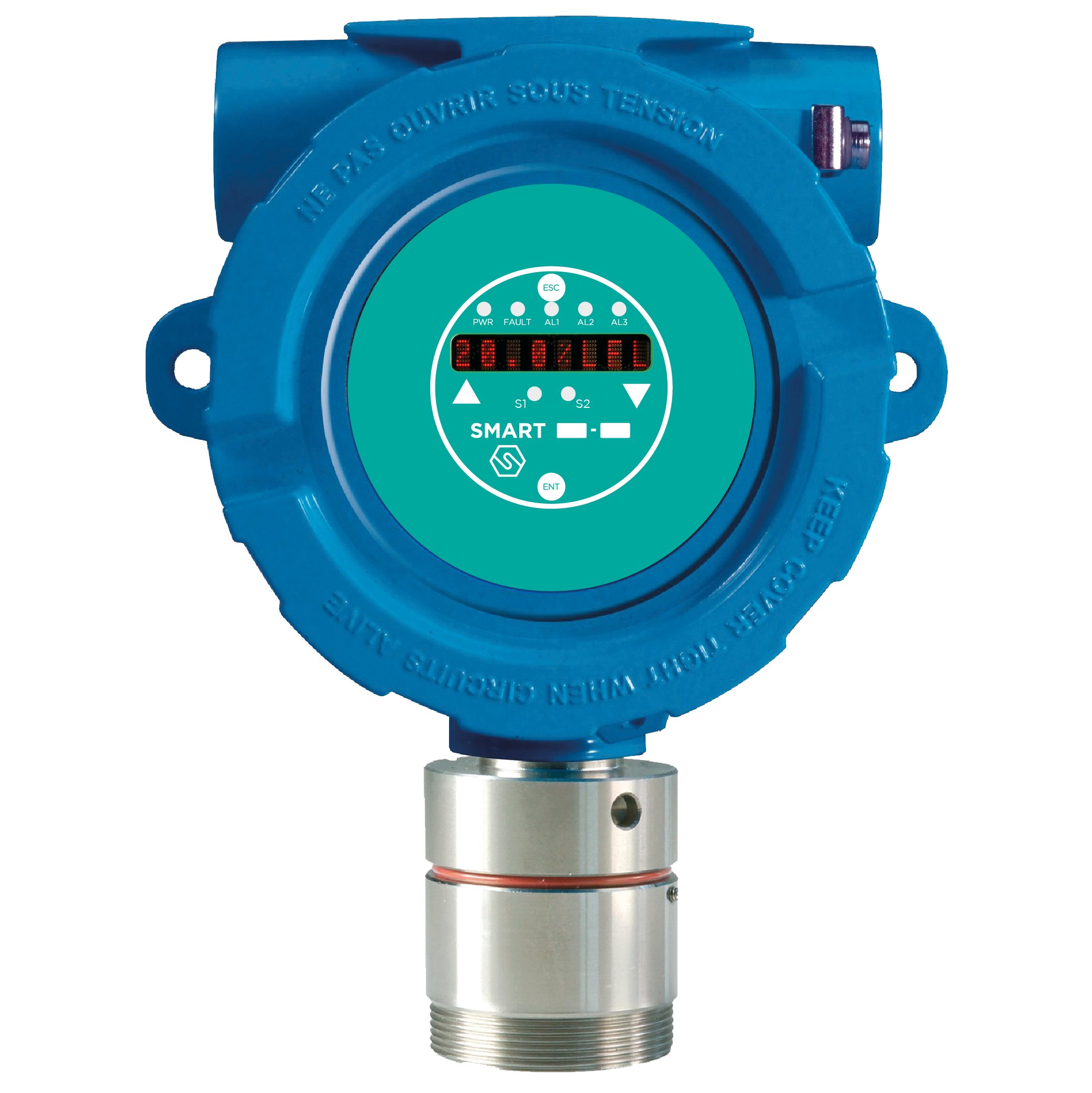
SMART S SS
ATEX certified for Zone 1, SIL2 Hardware and SIL3 Software, optional Hart Modem and possibility to have it with stainless steel housing.
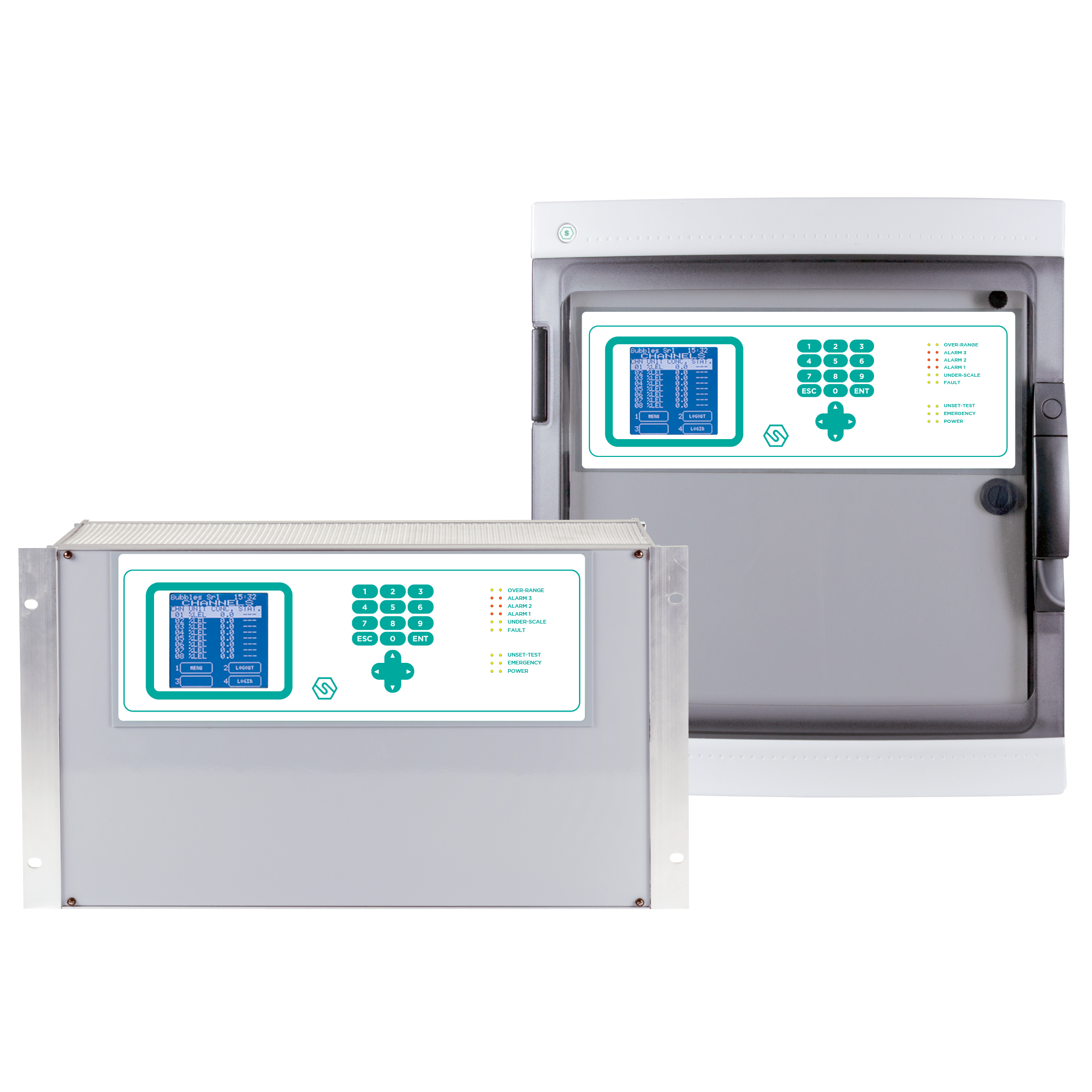
MULTISCAN++ S1/S2
Designed to meet the widest market demand for flexibility, they allow the management of up to 264 detectors. ATEX and SIL certified.
Our certifications
Within hazardous environments where strict safety standards must be met, it is important to use products that are certified and in line with regulations. Learn about our certifications:
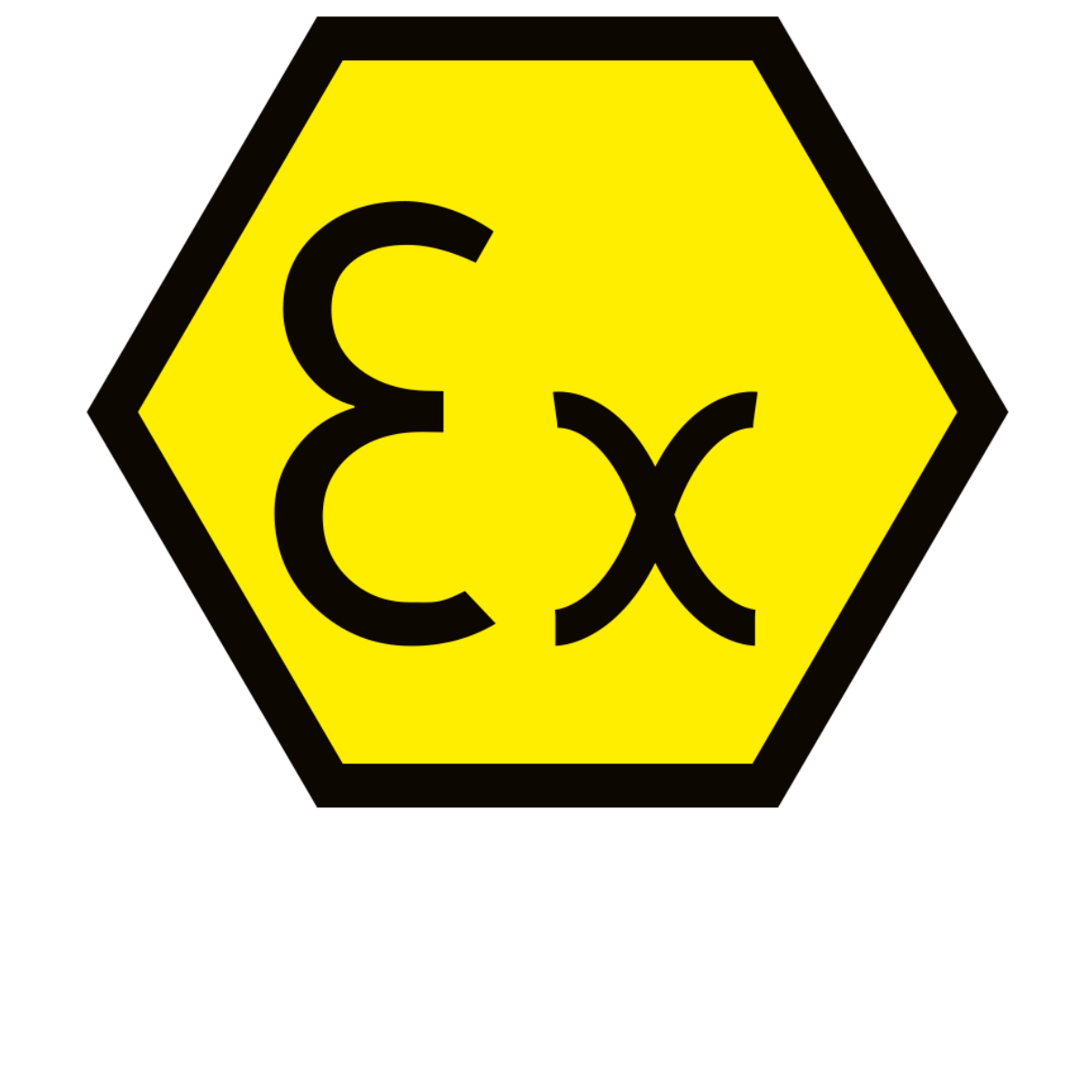
ATEX
The Directive sets out the requirements and assessment of equipment intended for use in potentially explosive atmospheres.
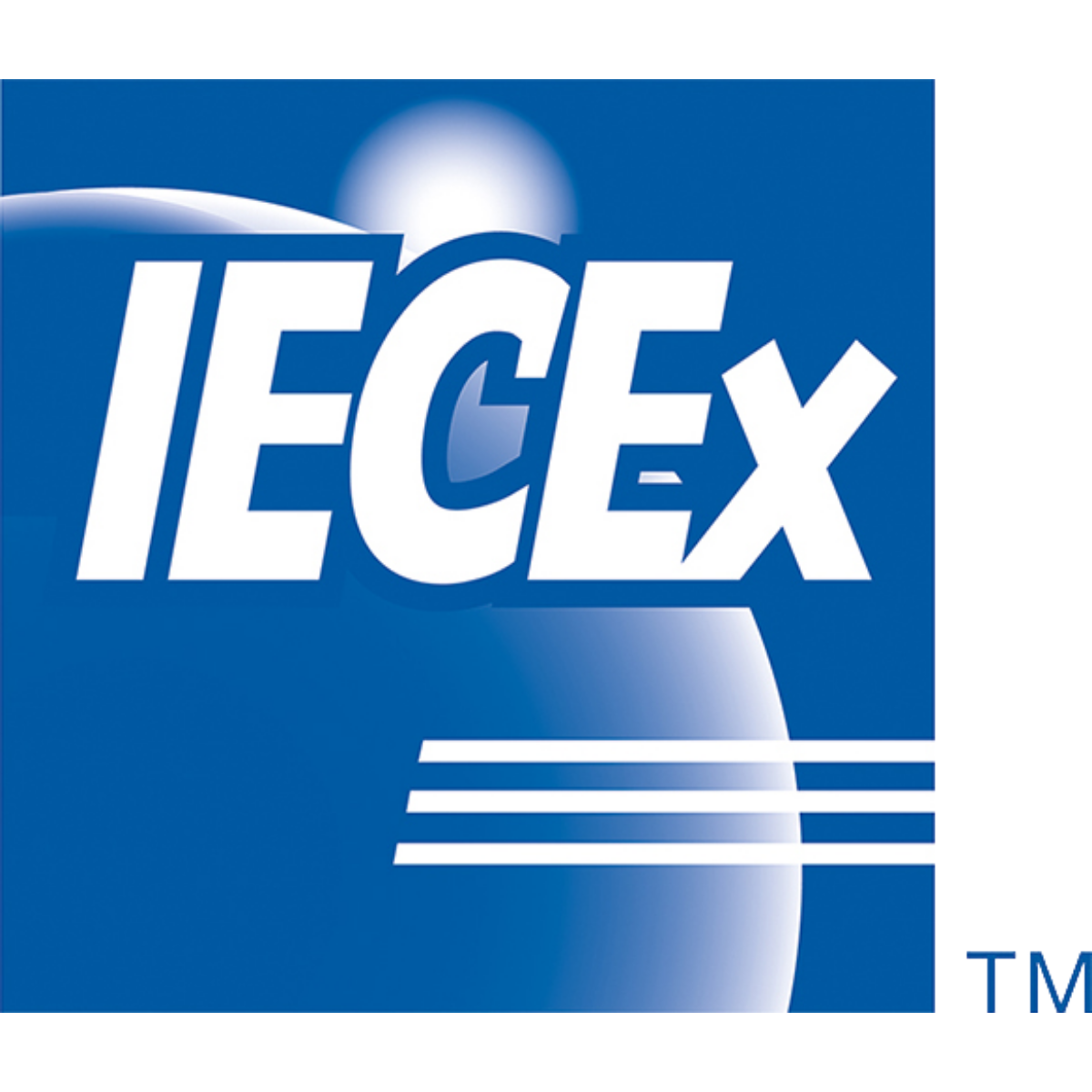
IECEx
The IECEx system is an international certification system. It is developed by the International Electrotechnical Commission.

SIL
The Safety Integrity Level (SIL) is the ability to reduce the assessed risk by ensuring the reliability of safety systems.


